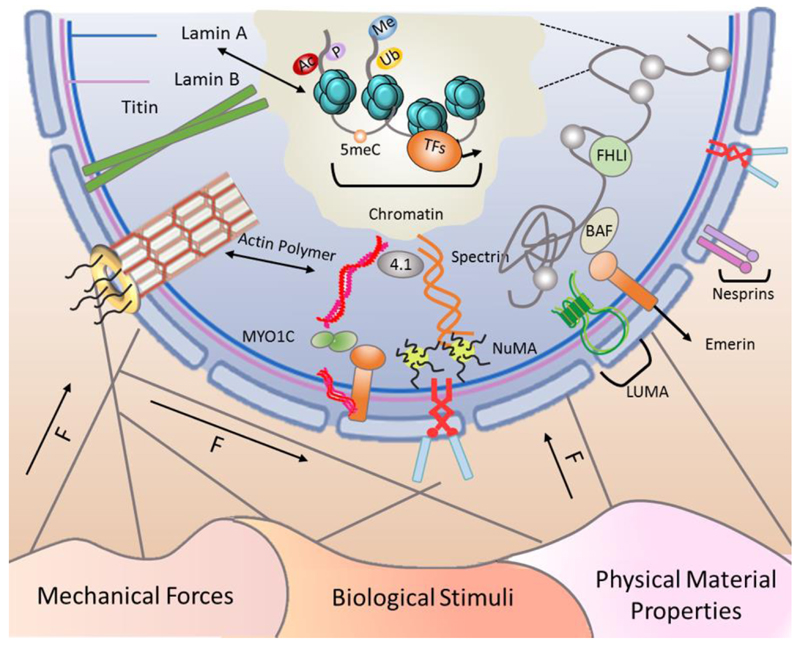Figure 1. Extracellular forces influence the cell’s epigenetic status through interactions with the nuclear membrane.
The cell is an interconnected entity with cytoskeletal components linking the membrane to the nucleus. Cells sense mechanical forces in their environment and propagate the forces along the cytoskeleton to the nucleus in order to alter epigenetic status and gene expression profile in response to different biophysical stimuli. Here, we classify these cues as mechanical forces, biological stimuli, and physical material properties. The nuclear envelope contains components of the LINC (Linker of Nucleoskeleton and Cytoskeleton) complex including nesprin and SUN proteins, emerin, and LUMA. These LINC complex components act as receivers and transmitters of mechanical forces to the chromatin and the nucleoskeleton, which includes polymerized actin, nuclear mitotic apparatus protein (NuMA), intermediate filaments, spectrins, protein 4.1, titin, A- and B-type lamins, and nuclear pore complex (NPC)-linked filaments. External forces induce mechanosensitive changes in the nucleoskeletal complexes that, in turn, alter the epigenome and chromatin accessibility. Therefore, these extracellular signals are perceived at the nuclear level as the cell adapts its transcriptome in response to the signals it perceives.

